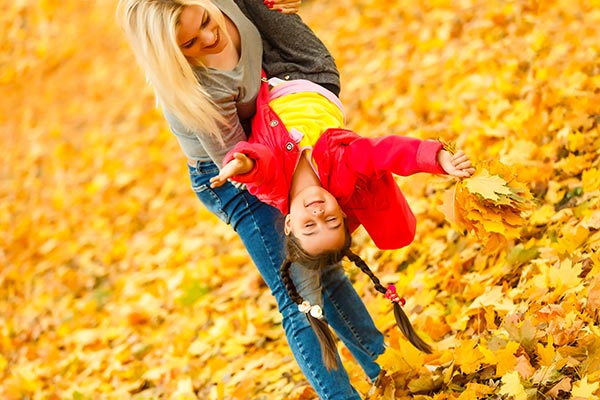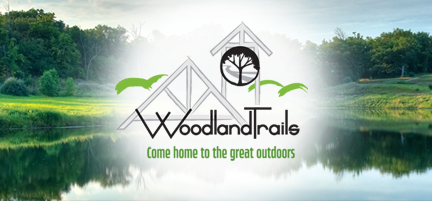
The Healing Power of Green: How Trees and Green Spaces Boost Your Health
Imagine stepping outside your front door into a lush, green neighborhood filled with towering trees, winding trails, and vibrant parks. Beyond mere aesthetics, research shows that living in such green environments can significantly impact your overall health and well-being. Let’s dive into the profound effects of trees and greenspaces on human health and why choosing to reside in a green-rich neighborhood may be one of the best decisions for your overall well-being.
Nature’s Stress Reliever
The calming effect of nature isn’t just folklore; it’s a well-documented scientific phenomenon. Studies have shown that spending time in natural environments can lower cortisol levels, which are often referred to as the “stress hormone.” Moreover, greenspaces can also contribute to reduced blood pressure and heart rate, enhancing stress resilience. The rustling of leaves, the sight of greenery, and the fresh, clean air in natural surroundings have a remarkable ability to help us relax and rejuvenate.
Boosting Mental Health
The mental health benefits of being around trees and greenspaces are significant and far-reaching. Natural settings are conducive to fostering creativity and improving cognitive function, enhancing our psychological well-being. The peace and tranquility offered by greenspaces provide a refuge from the hustle and bustle of urban life, offering a space for reflection, relaxation, and rejuvenation.
Physical Health Benefits
Living in areas rich in trees and greenery encourages a more active lifestyle, promoting physical health. These neighborhoods invite residents to walk, jog, cycle, and engage in other forms of physical activity, contributing to lower rates of obesity and chronic diseases. Additionally, the improved air quality in green-rich areas can have a positive impact on respiratory health and immune function, potentially leading to increased longevity and a better quality of life.
Connecting Communities
Greenspaces are not just beneficial for individual health but also play a pivotal role in building and strengthening communities. Parks, community gardens, and other green areas serve as natural gathering spots that foster social interactions, community engagement, and cohesion.
Children’s Health and Development
For children, the importance of being surrounded by nature cannot be overstated. Natural environments are crucial for the health, cognitive development, and academic performance of young ones. Greenspaces offer children the opportunity for outdoor play, fostering imagination, physical development, and sensory exploration. By playing and learning in green settings, children develop a connection with nature and acquire lifelong habits that support both their physical and mental health.
In a world where urbanization and development often lead to the depletion of natural landscapes, it’s crucial to recognize the invaluable role that trees and greenspaces play in promoting human health and well-being. By prioritizing access to nature-rich environments and incorporating green infrastructure into our communities, we can create healthier, happier, and more resilient neighborhoods for generations to come.
Woodland Trails Commitment To Green Spaces
It’s clear that the natural environment within a community like Woodland Trails plays a pivotal role not only in enhancing the aesthetic appeal of the area but also in significantly improving the overall health and privacy of its residents.
The strategic planting of trees and thoughtful landscaping provide a natural privacy barrier, offering seclusion and tranquility away from the prying eyes of neighbors, unlike the starkness of traditional privacy fences. This approach to privacy is not only functional but adds to the overall beauty of the environment, drawing inspiration from the lush, mature landscaping of historic neighborhoods.
With Woodland Trails’ commitment to preserving green spaces, evidenced by the planting of 120 trees in just the last three months, including cedars, spruces, delicate white pines, and vibrant maples, residents can enjoy the dual benefits of nature’s beauty and its cooling, wind-protective qualities. This intentional blending of nature into our living spaces underscores the deep connection between our environment and our well-being, making Woodland Trails a prime example of how thoughtful development and a commitment to green spaces can enrich our lives, both mentally and physically, throughout the seasons.

